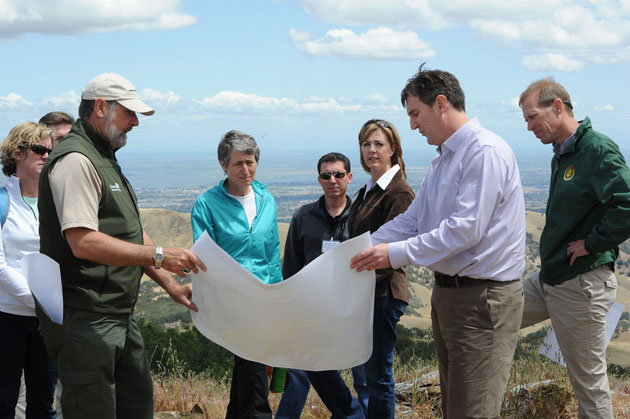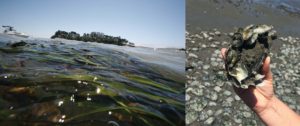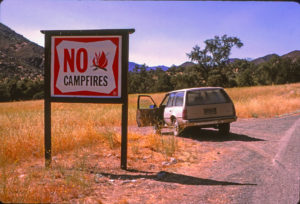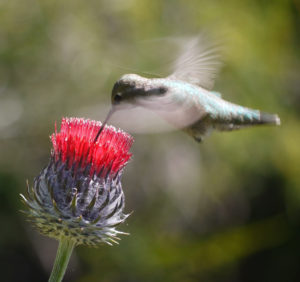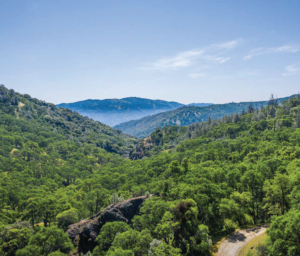United States Interior Secretary Sally Jewell took in the view from the summit of Kreiger Peak on Monday to highlight the plan that helped preserve the east Contra Costa peak, and the plan’s potential as a national model for environmental conservation.
On a perfect spring day, the 175,000 acres covered by the East Contra Costa County Habitat Conservation Plan (HCP) unfolded below the hilltop like a map: from twinkling suburbs of Pittsburg and Bay Point to the green agricultural lands and smoky blue canals of the Delta, and south past Clayton and the looming hulk of Mount Diablo to the Los Vaqueros Reservoir and Vasco Caves.
The HCP, a joint project between four East County cities (Pittsburg, Oakley, Brentwood and Clayton), Contra Costa County, the Contra Costa Flood Control and Water Conservation District, and East Bay Regional Park District, is a tool for land use on a landscape level. It targets up to 30,000 acres for protection and up to 13,000 acres for development in the project area, in theory offering benefits for both. The parks can identify high priority areas that will turn Mount Diablo into the centerpiece of a regional greenbelt and allow unobstructed movement for endangered species, while developers get streamlined endangered species approvals that save them time and money.
“I think it’s working,” EBRPD General Manager Robert Doyle told Jewell at the summit. “There are some complications, but I think it’s been a huge success.”
In the October 2011 issue of Bay Nature, John Hart wrote that “something big is happening in eastern Contra Costa County.” Jewell’s visit was a confirmation. Six years into the 30-year HCP timeframe the East Bay Regional Park District has acquired 11,000 acres for future parks, while builders and developers who’ve received permits praise it for offering certainty and consistency.
From Kreiger Peak, Jewell quizzed Doyle and East Contra Costa County Habitat Conservancy Executive Director John Kopchik about the plan and the lands below her. She asked about the relationship between local agencies and the federal government, and about the park district’s plans to engage younger visitors, but also asked a number of natural history questions: about the tree composition on Mount Diablo, about native and nonnative grasses, about the Morgan Fire, about the regional mobility of endangered species. It was builder-endangered species competition for the same turf, Kopchik said, that led to the HCP to begin with.
“The reason we needed a plan was there was a land versus species conflict,” he said. “The developers liked the low-lying land, and so did the kit fox.”
Later, Jewell said the cooperative elements of the plan make it something other areas — and even the various agencies of the “federal family” — could aspire to. “You’ve got every level of government working well together,” she said. “And it’s working well for the habitat, and the environment as well. It’s a great illustration.”
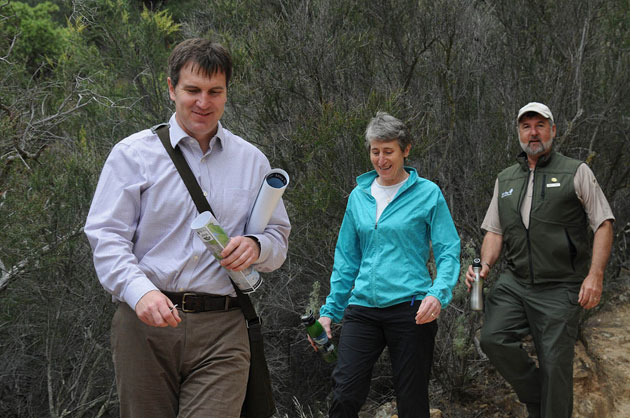
After visiting the peak, Jewell and an entourage of mostly EBRPD and federal agency staff set off on a short hike through the adjoining Black Diamond Mines Regional Preserve, with Kopchik and Doyle leading the way past mining-pocked sandstone and through a thicket of manzanita. (Doyle chatted with Jewell about mountain lions, and stopped to point out a white-and-magenta mariposa lily; “Robert,” Jewell joked later, “is a man of few words, and I think he’s used them all up.”)
In a tent set up near the entrance to Black Diamond Mines, Jewell called the HCP “prescient” and took notes as members of agencies that have participated praised Kopchik’s leadership and commented on the plan’s effectiveness.
“It really does take a village to keep a community sustainable,” Jewell said. “Habitat conservation plans are a way to get together and say, ‘What do we have in this landscape? What do we have that we need to preserve? What do we have that makes us unique? Where are the areas where we really have an opportunity to develop, that help keep our communities vibrant and our economy strong? What are the areas that should never be developed?’
“I want to congratulate you all,” she added, “on what you’ve done, and say you are charting a path to the future that we are all learning from.”

